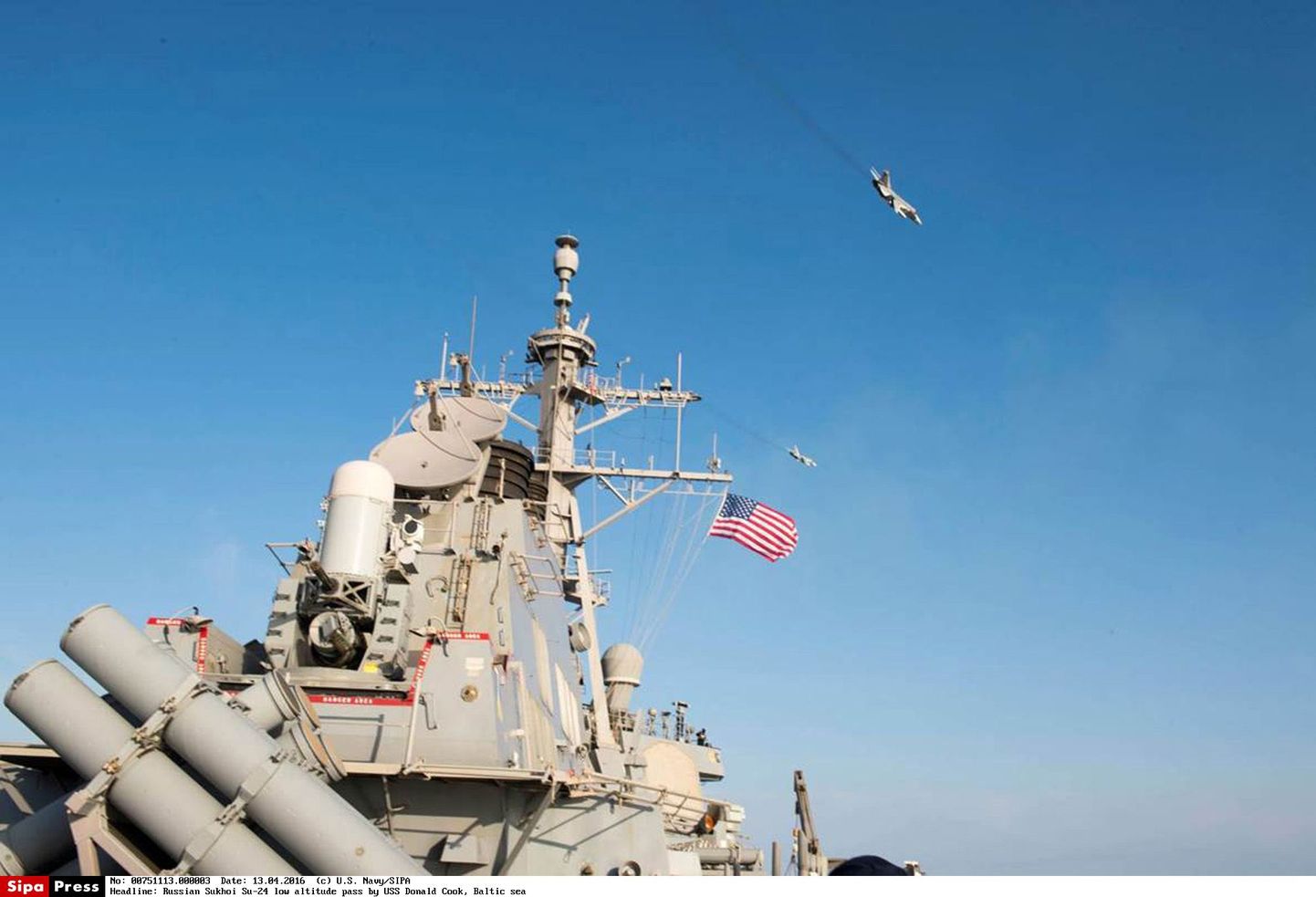Rule of the jungle and the prelude to action
All of these incidents have an obvious connection: dangerous, provocative manoeuvrings do happen more often than before, they are even video documented, but they are also denied by Moscow. The purpose of such provocations may be well beyond showing off piloting skills and bragging about it in Russian media, how brave Russian pilots are. Far from it.
Indeed aircraft intercepts are nothing new – NATO jets do intercept Russian aircraft over the Baltic sea every week. But they do it in safe manner. Russians act more aggressively as if the whole Baltic sea belongs to them – in fact, such thinking in Moscow is very evident.
Increased NATO presence in the Baltic region irks Kremlin and these provocations are a way the Russians express their opinion. «Like an animal in the jungle, who feels his territory being threatened by another», – said Lithuanian pilot Algimantas Žentelis.
However reckless maneuvers also do serve Moscow as a way to test NATO defences – how well do anti-air systems, radars and personnel work, what are the reaction times of both NATO military and political elites. Even the society reaction does matter.
Some Lithuanian politicians do love to quote Estonian general Riho Terras, who famously bragged about the need to shoot the first little green men on the spot, whenever seen.

